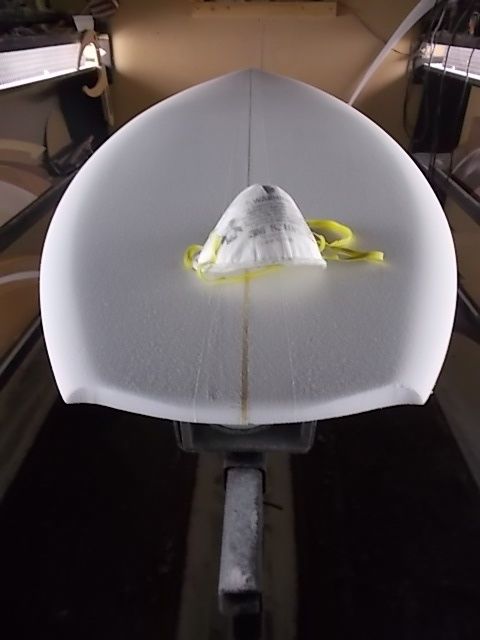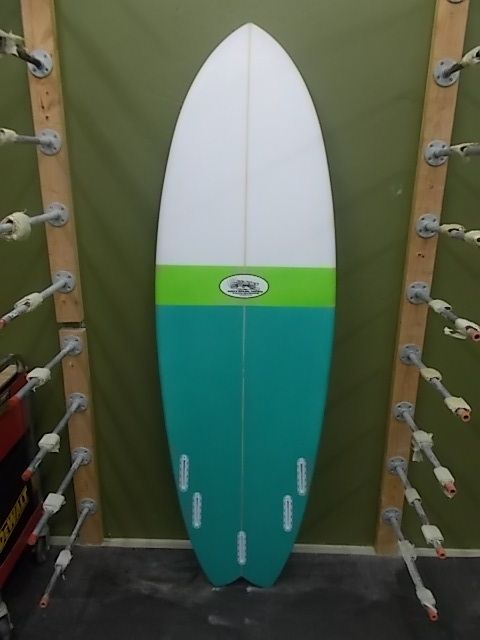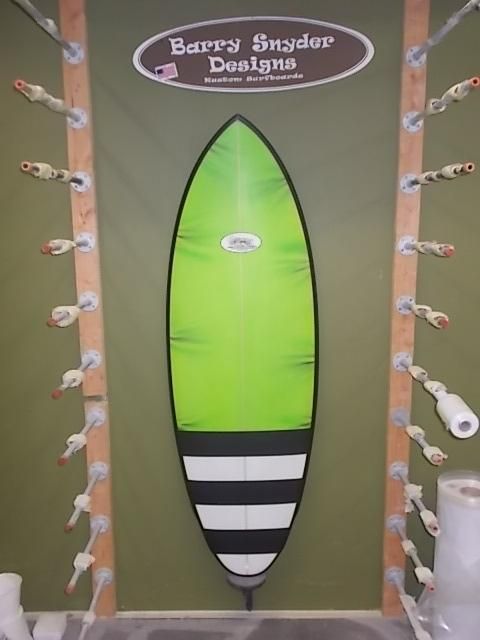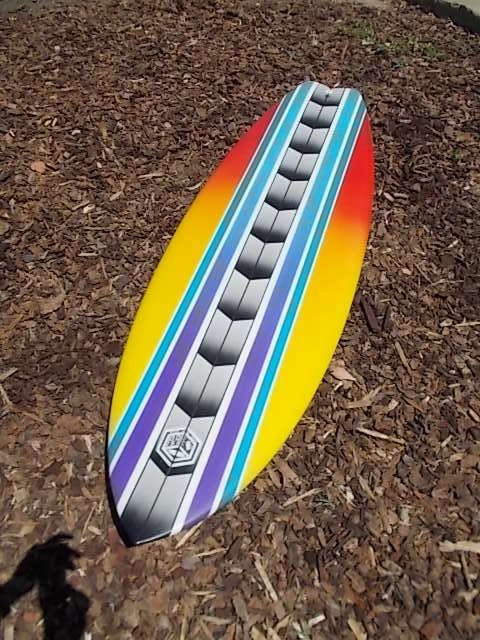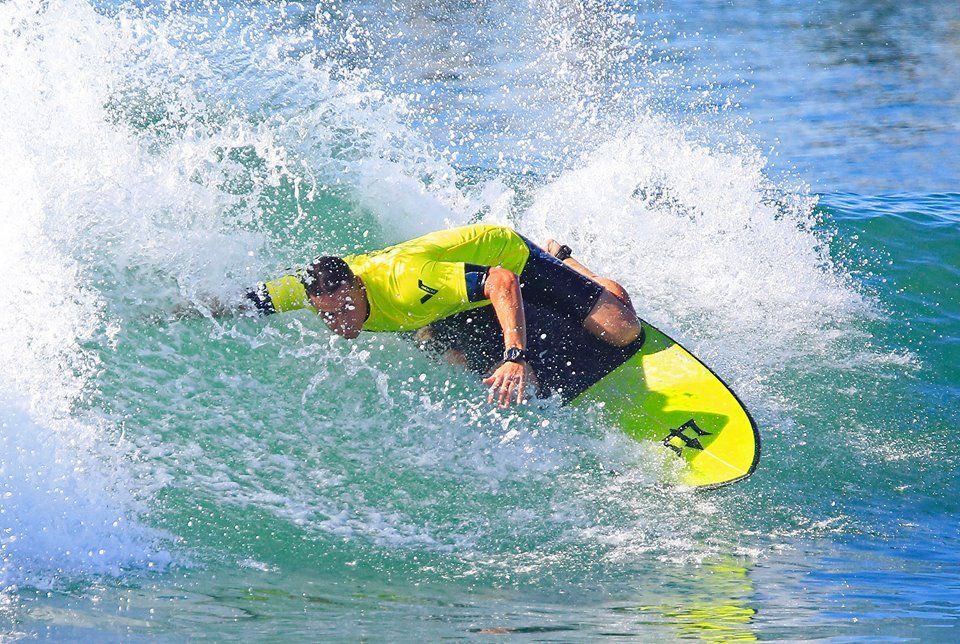Actually I see things a little differently to that.
For instance, 'last time I saw Parkesy (David Parkes; 6-times National Open champion and 2-time World Masters Champion) competing in the Island Pro last year he was wearing bigger and longer fins than anyone there. Parkesy is definitely one of the best and has been so for a very long time.
You’re no slouch yourself either Red and I’ve seen you wear 'em too.
While it’s true that many of the best often don’t wear them during a regular session - their paddling fitness using arms alone is so good they don’t need to use fins to get themselves around in the surf during a session, but under certain circumstances they will occasionally strap a pair on when it makes sense to do so (e.g. during a marathon 6-hour session, or one where there’s an unusually intensive/large amount of paddling to be done where they can use all the help they can get).
The point of wearing fins while kneeboarding is because it’s sensible to do so. They’re there to make life easier on you. And the downside to using them is usually minimal.
You can paddle a kneeboard significantly faster using arms alone than you can by kicking along with your fins.
The main point of them (from my perspective anyway) is to help you motor out to the lineup while giving your arms a break and saving them for when you really need to paddle hard and fast. Not to catch waves with.
Sure, they can help a tiny bit in catching a wave - as the wave starts to pick you up and the tail of the board (along with your legs and feet) sinks into the water a little, you can get a little bit of extra thrust by kicking with your legs at the same time as you’re paddling with your arms, but it’ll be only about 5% coming from your legs as compared to the 95% of the thrust that’s coming from your arms.
Nothing wrong with having that extra 5% though - sometimes you need that extra tiny bit if you’re taking off into the teeth of a rip, a strong offshore or a really big wave where you need every last bit of speed just to scratch your way onto the wave.
And even in cases where you don’t actually need that 5%, having it will also help you get onto a wave a little bit earlier. Nothing wrong with that either.
In regard to them interfering with turning, that can be true in terms of the edges of the fins catching the water during a turn through them being close to the rail, or sometimes even hanging over the edge of it.
That can be partly due to the outline of the board, but (from my perspective anyway) it’s mostly because 98% of the kneeboarders out there are using the wrong fins.
About 98% of kneeboarders I’ve seen are using bodyboarding fins (short and wide), when in fact what they should be using are longer and narrower fins like the Voit UDT Duck Feet fins that Parkesy uses.
George Greenough uses them too, and he oughta know.
Bodyboarders use wide fins because those wide edges help give them better control during the times when they’re steering with their legs while on a wave.
But kneeboarders don’t do that. We don’t ride with most of our legs hanging off the back of the board on a wave, and we sure don’t use them to steer and change direction on a wave.
All we use them for is forward propulsion while paddling out, and maybe a little extra thrust while paddling into a wave.
And we certainly don’t want the fins clipping the water during a turn or while trimming along a hollow face; remember, (from what I’ve read), the main factor influencing Steve Lis when he developed the fish shape was in trying to prevent his fins from clipping the water during turns (he traced an outline of how his knees, shins and fins contacted the board, and altered the outline of his next board to fit around that, while still keeping the characteristics of the pintails he liked to ride). Hey presto. The Fish.
As a kneeboarder what you want is something that is great for effortlessly cruising out to the line up (a longer fin), but will sit inboard/away from the rail while you’re up and riding (a narrower fin).
And that’s exactly what I see when I watch Parkesy riding; the edges of his fins are nicely inboard from the rails of his board and run flush with them down towards the tail.
Beats me why the majority of kneeboarders use the wide bodyboarding fins that come close to, or even hang over the edge.
Maybe it’s just because that’s what they see everyone else using, and because they’re so readily available, while the long, narrow open-heeled swimfins aren’t stocked much in the surf and sport shops/aren’t so readily available.
Maybe they don’t stop to think about it too much. And fair enough; bodyboarding fins work well enough for the average joe kneeboarder.
Anyway, my next pair are going to be longer and narrower.
I could go into this further, but I’ve already spent way too much time on this post and there’s other stuff I really ought to be doing.
Catch ya in the water, & Cheers all!
L.I.T.
